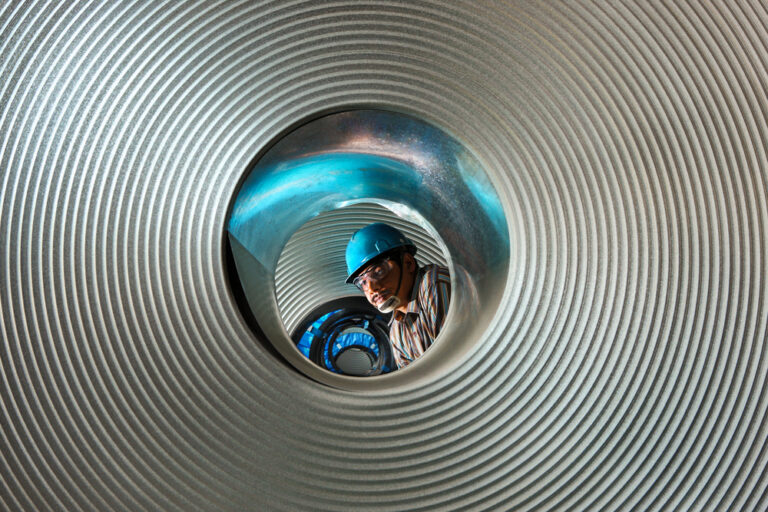What does the Carbon Credit Trading Scheme mean for the Indian steel sector?

Photo: Hari Mahidhar, Shutterstock
Download
This policy brief analyses draft emissions intensity targets for the iron and steel sector in India, as set out in the recently introduced Carbon Credit Trading Scheme (CCTS), and discusses the implications for the broader trajectory of low-carbon steel policy. The carbon market is one key part of the policy package for low-carbon steel.
Summary points
- India’s Carbon Credit Trading Scheme sets mandatory emissions intensity targets for 253 steel units, covering most steel production in the country.
- Its introduction marks a shift from an efficiency-based to an emissions-intensity-based metric.
- While a good first step, the reduction targets by and large remain unambitious.
- Large steel producers need make only 2% annual emissions reductions, which is insufficient to drive the technological transformation required for deep decarbonisation.
- The CCTS will nonetheless likely drive efficiency improvements in existing high-emitting steel units. However, the targets are not yet ambitious enough for the high-emitting units to incorporate best available conventional steel-making technologies.
- The next cycle of targets could aim to nudge firms towards adopting the best available or most efficient conventional steel-making technologies.
- Despite its limited ambition, the CCTS is a key part of the overall policy package to decarbonise the iron and steel sector in India, in combination with the green steel taxonomy and the Ministry of Steel’s low-carbon steel subsidy programme.
- It will be vital to coordinate between the different policy levers to target interventions that require varying degrees of financial support in order for truly low-carbon steel projects to become commercial.

